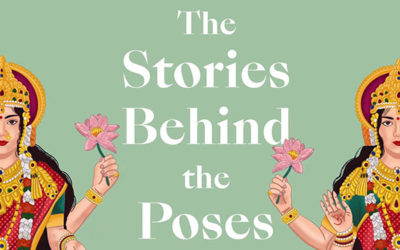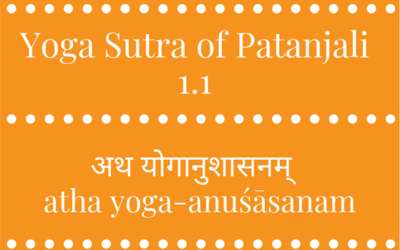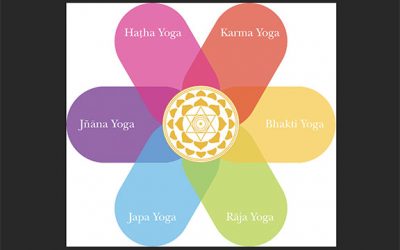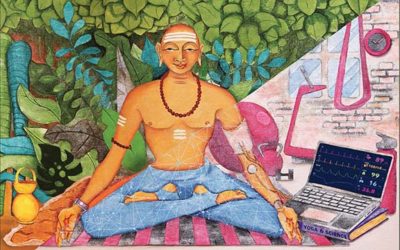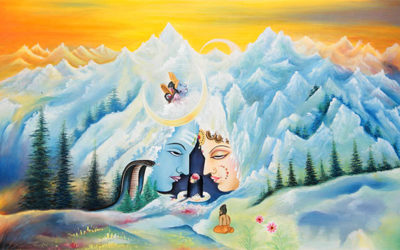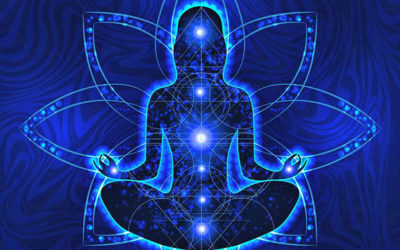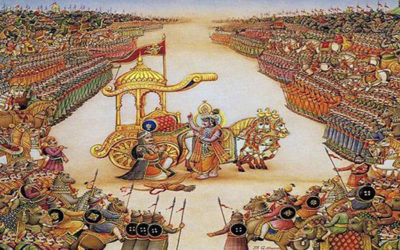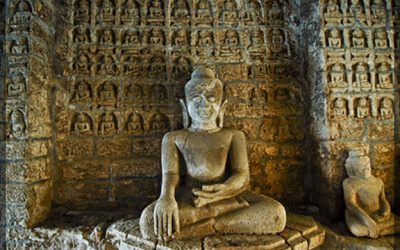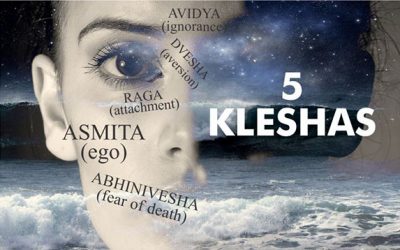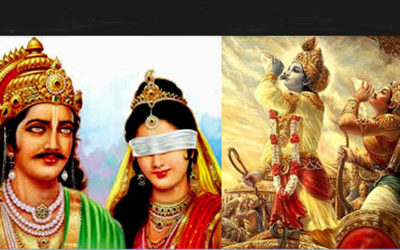Discover the traditional stories and wisdom behind your favorite Yoga poses in The Stories Behind the Poses: The Indian Mythology that Inspired 50 Yoga Postures, the stunningly illustrated book of Indian mythology for yogis of all levels. A beautifully written...
Questions and Answers on the Yamas
Q: In the Ramayana and Mahabharata, it’s clear that there was killing. The Gita itself takes place on a battlefield. How is this explained and justified in terms of ahimsa (non-violence)? Swami Satchidananda: In the Bhagavad Gita, Krishna talks about non‑violence to...
Raja Yoga Now: The Beginning
The Yoga Sutras of Patanjali begins with a call that reverberates through the ages: Atha Yoganusasanam: Now the exposition of Yoga is being made. It is an invitation to seekers of truth everywhere, irrespective of place, time or circumstance. It offers a universal...
The Integral Yoga System: A Quick Overview
The first thing I love about Yoga is that it’s something you can do when everything else out there is falling apart. I know this has brought many people to Yoga. It’s a way to assert your own power and control over your life, even when you seem powerless to change...
The Science of Yoga, Part 1: Yogabhyasa and Yogavidya
The practice of Yoga and the science of Yoga, or Yogabhyasa and Yogavidya, are two of the traditional ways that Yoga is described. Yoga is a practice (abhyasa) and a science (vidya). While asanas and pranayama are immensely popular and currently the most visible...
A Brief History of Sri Guru Gita
Sri Guru Gita is a compilation of verses dedicated to the veneration of the Guru—both one’s embodied Guru, as well as the Guru-tattva or Guru Principle. Many devotees repeat the entire Gita daily, though some repeat it yearly during the annual Guru Poornima (July full...
The Eye of the Self
One can appreciate Yoga, and be a yogi, without disturbing one’s own faith. There are Yoga centers all over the world. Often, students begin with Hatha Yoga, the physical side. Gradually, when they understand the true essence of Yoga, they want to go more deeply into...
Awakening from the Dream
Someone asked me the question: “I feel selfish and troubled all the time. Why is it so hard to feel peaceful all the time if it’s my true nature?” Well, that question cannot be answered with words but can be realized. How? By knowing the Knower, being the Be-er. Now,...
Kundalini: A Dynamic Force
Yoga students should be very, very careful when it comes the kundalini. It is a dynamic force, part of the cosmic force, that is in everybody. It is something like a seed that is alive and has the quality to germinate into a big tree. But, if you break open the seed...
The Bhagavad Gita in Daily Life: Part 6, The Inner Battlefield
In Part 5 of this series, we went over the first verse of the first chapter. I’d like to skip ahead now to the twentieth verse of the first chapter where Arjuna says to Sri Krishna: “Place my chariot in the middle of the two armies, O Krishna, so that I may behold...
Yoga and Buddhism: An Integration?
When we talk about integrating Yoga and Buddhism, we must first be clear about what we mean. In the modern world, Yoga is often reduced to asana or its physical side. Buddhism is reduced to meditation, which many Buddhist groups emphasize. Yet Yoga has its meditation...
Light on the Yamas and Niyamas—Brahmacharya, More than Celibacy
There’s no doubt that Patanjali intended brahmacarya (brahmacharya) to mean “celibacy.” He wrote for and to young men who were monks in training. Let’s break the word down just a bit. Brahma means God, specifically the God of creation. And it also is a shortened form...
Light on the Yamas and Niyamas—Asteya: More Than “Not Doing”
In this column, Dale Ann Gray offers reflections on the yamas and niyamas of the Yoga Sutras, incorporating insights from classical Nondual Yoga. With the yama of asteya, we arrive at Patanjali’s second use of a negative prefix in the yamas. The definition indicates...
Raja Yoga: Exit Strategy for Suffering
Everyone wants to be happy, but the happiness we seek is elusive. Our lives are spent seeking happiness through possessions, positions, relationships; even our addictions are a misguided search for happiness. And what do we find? Generally, we get a little happiness...
What Does Self-Realization Mean to You?
At a satsang in New York some years ago, I raised the question, “What matters most to you?” I spoke about the importance of clarifying what we value and reflecting on the ultimate purpose of our lives. Speaking to a group of yogis, I was not surprised that someone...
The Bhagavad Gita in Daily Life: Part 5, Unclouding Our Judgment
In part 4 of this series, we talked about Dhritarāśhtra, the blind king. We can consider him to be manas, the lower mind. And we also talked about Sanjaya, his minister, who we said could be considered our conscience. The king is blind, but he is not deaf. He does...

